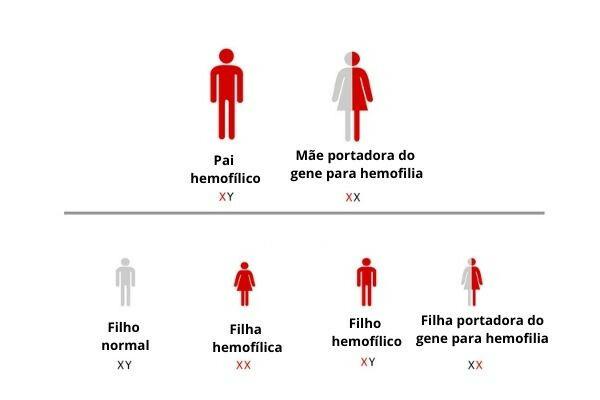One of the ways we can write a trigonometric equation is cos x = cos a. This equation means that the values of the cosines of x and a are equal, that is, that observing the trigonometric circle the distance of angle x and angle a are identical with respect to the axis of cosines.
As every equation has an unknown and an equality, we can consider x as being the unknown and The as the value of any angle.
Every solution of a trigonometric equation written in the form cos x = cos a is done as follows:
cos x = cos a ↔ x = ± a + 2kπ
Every equation needs, at its completion, a solution. In this type of equation, the solution will be:
S = {x  R | x = ± a + 2kπ (k
R | x = ± a + 2kπ (k  Z)
Z)
Here are some examples of how to apply this resolution:
Example 1:
cos x = 1
2
To find out the value of x we will have to resort to the table of remarkable angles:
Looking at the table we notice that:
cos 60° = 1
2
So cos x = cos 60°
Hence: x = ± 60° + k. 360° (k Z)
S = {x  R | x = ± 60° + k. 360° (k Z)}
R | x = ± 60° + k. 360° (k Z)}
Example 2:
2 sin2 x = 2. cos x
how do you feel
2 (1 - cos2 x) = 2 - cos x
2 - 2 cos2 x = 2 - cos x
2 cos2 x + cos x = 0 → putting cos x in evidence we will have:
cos x (2 cos x – 1) = 0, so we have two values for x:
cos x = 0 → x = ± 90º + + k. 360° (k
 Z)
Z)or
2 cos x – 1 = 0 → cos x = 1 → x = ± 60° + k. 360° (k Z)
2
So the solution will be:
S = {x
 R | x = ± 90° + + k. 360° or x = ± 60° + k. 360° (k
R | x = ± 90° + + k. 360° or x = ± 60° + k. 360° (k  Z)}.
Z)}.
by Danielle from Miranda
Graduated in Mathematics
Brazil School
Trigonometry - Math - Brazil School
Source: Brazil School - https://brasilescola.uol.com.br/matematica/resolucao-2-equacao-fundamental.htm


